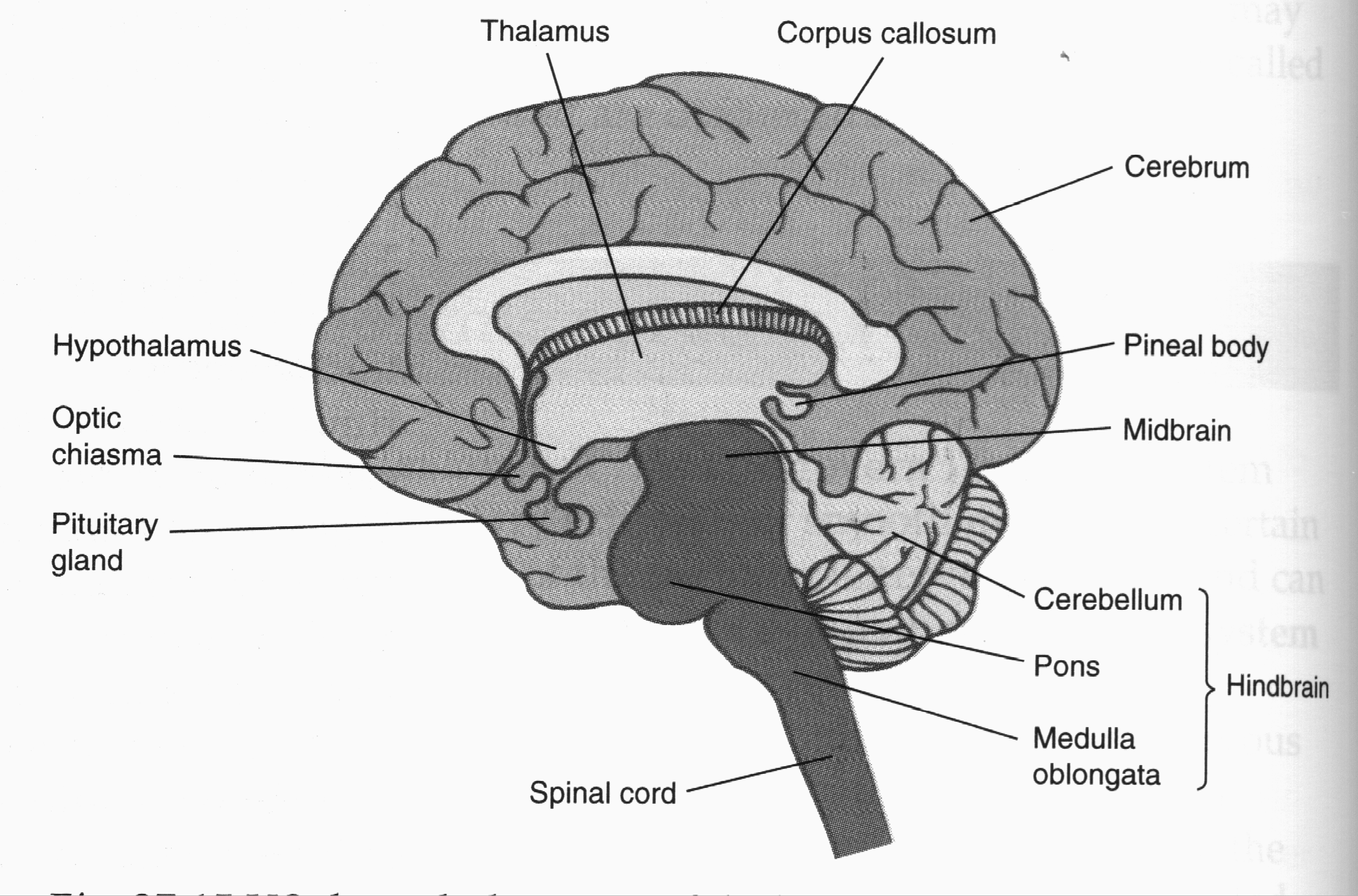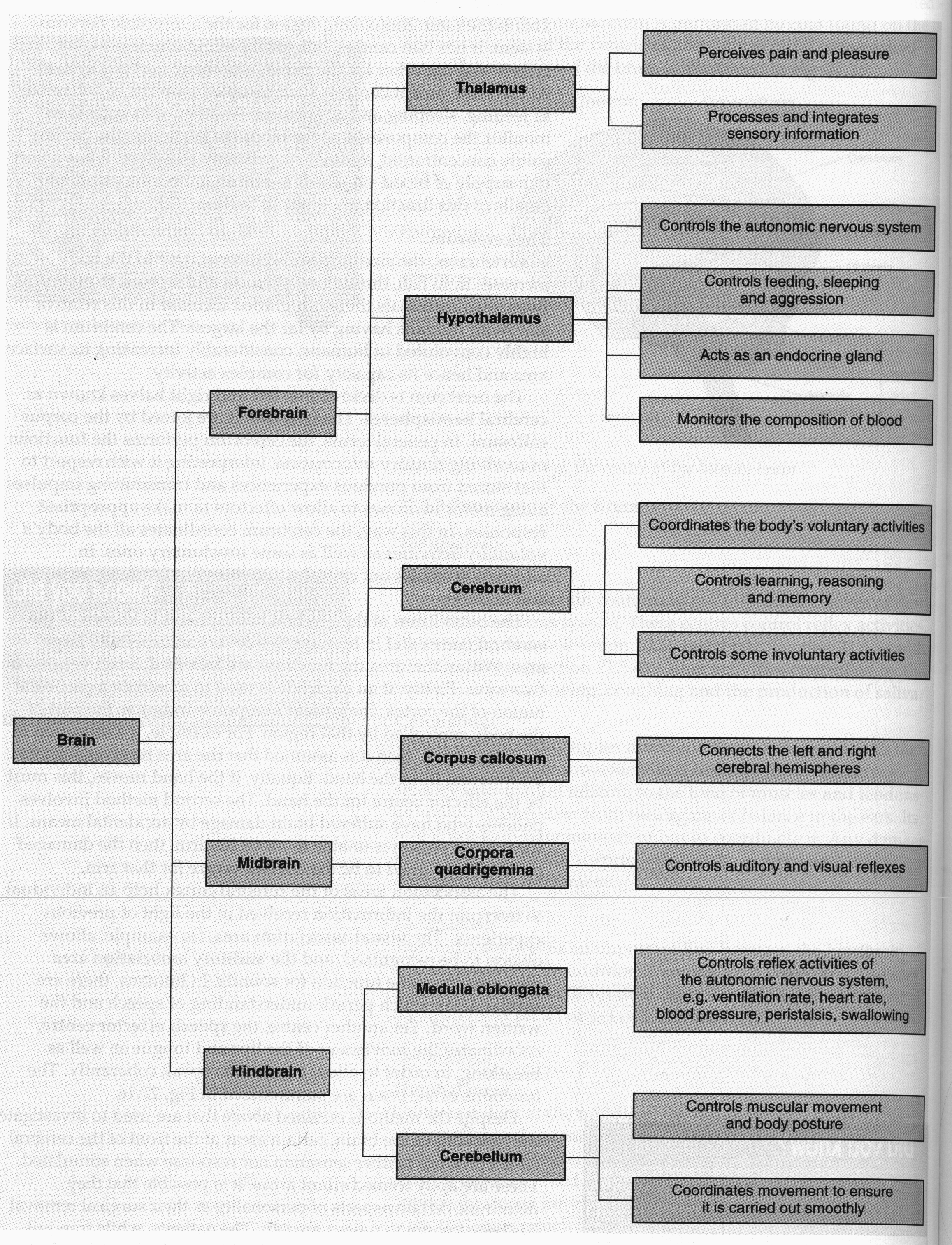
- •Волгоградский государственный медицинский университет
- •Предисловие
- •Introduction. Biology as a science 2
- •Biology as a science Unit I. Seven levels of life organization
- •Unit 1. Atomic organization
- •63%; Next is oxygen, 25,5%
- •1. Назовите прилагательные, образованные от существительных:
- •1.1 Ions
- •1.2 Isotopes
- •Biology in medicine. Using isotopes as traces
- •Unit 2. Molecular organization
- •2.1 Inorganic ions
- •2.3. Lipids
- •1. An energy source.
- •2. Insulation.
- •3. Protection.
- •4. Buoyancy.
- •5. Waterproofing.
- •6. Cell membranes.
- •7. Other functions.
- •2.4 Amino acids
- •2.5 Enzymes
- •Into the space of just 1 second!
- •Biology around us. Cholesterol
- •Unit 3. Cellular organization
- •1. Прочтите слова, попытайтесь перевести их, не пользуясь словарем, определите часть речи:
- •2. Образуйте однокоренные слова, используя префиксы и суффиксы:
- •3.1 Cell as a fundamental unit of life.
- •18 Million cells each second.
- •3.2. The structure of prokaryotic cells
- •3.3. Structure of the eukaryotic cell
- •3.4 The nucleus
- •3.5 Intracellular membranes
- •3.6 Movement in and out of cells
- •Golgi apparatus
- •Lysosomes
- •Microscopy
- •Biodiversity. Principles of classification.
- •If one page was devoted to describing
- •2. Придаточные предложения (дополнительные, определительные, обстоятельственные).
- •1. Найдите сказуемое в следующих предложениях. Определите его грамматическое время:
- •2. Найдите в тексте Biodiversity сложноподчиненные предложения. Определите тип придаточных предложений. Обратите внимание на союзы, соответствующие каждому типу придаточных предложений.
- •3. Составьте 15 вопросительных предложений так, чтобы ответы на эти вопросы отражали основное содержание текста Biodiversity.
- •4.1 Viruses
- •4.2 Bacteria
- •4.3 Fungi
- •Taxonomic ranks
- •Retroviruses
- •Inheritance
- •2. Согласование времен в сложноподчиненных
- •1. Найдите в тексте Inheritance примеры инфинитива. Определите их функции в предложении.
- •2. Объясните правила согласования времен в следующих предложениях:
- •5.1 Nucleic acids
- •5.2 The genetic code
- •5.3 Recombinant dna technology
- •5.4 Evolution through natural selection (Darwin / Wallace)
- •Pros and cons of genetic engineering
- •Biology around us. Human Genome Project
- •2. Выскажите своё отношение к развитию и применению биогенетических технологий. Выберите один из следующих вариантов:
- •1. Назовите существительные, соответствующие данным глаголам (обратите внимание на способ словообразования):
- •2. Образуйте прилагательные, соответствующие данным существительным :
- •The stages of digestion
- •2. Неличные формы глагола. Gerund.
- •1. Найдите в тексте The stages of digestion предложения в одном из времен группы Continuous Active. Укажите сказуемое.
- •2. Укажите грамматическую форму глаголов, оканчивающихся на
- •6.1 Vitamins
- •Is 18 days.
- •6.2 The liver
- •Functions of the liver
- •1. Carbohydrate metabolism.
- •2. Lipid metabolism.
- •In both human lungs cover
- •1. Укажите существительные, соответствующие глаголам в Essential Vocabulary.
- •2. Образуйте прилагательные от следующих существительных (воспользуйтесь словарем, если необходимо):
- •Gaseous exchange in mammals
- •Indefinite
- •2. Сравнительная характеристика неличных форм
- •1. Измените залог сказуемого в следующих предложениях:
- •2. Найдите в тексте Gaseous exchange in mammals примеры неличных форм глагола, сравните их грамматическую форму, функции в предложении, способы перевода.
- •Smoking
- •Control of ventilation in humans
- •Is estimated to be 80 000 miles –
- •Clotting of the blood
- •Artificial pacemakers
- •7.1 How control systems developed
- •7.2 Principles of endocrine and nervous control
- •The central nervous system
- •7.3 Molecular clocks: mastering time.
- •7.4 A biological defect underlying obesity
- •7.5 “Addictive" properties of regular exercise.
- •It has been estimated that the bacterium
- •7.6 Types of immunity and immunization
- •Edward jenner (1749-1823)
- •Charles darwin ( 1809 - 1882 )
- •Camillo golgi (1843 – 1926). The Nobel Prize Winner
- •Ilya mechnikov (1845 – 1916) The Nobel Prize Winner
- •Karl landsteiner (1868 – 1943) The Nobel Prize Winner
- •Hermann j. Muller (1890 – 1967) The Nobel Prize Winner
- •Frederick banting (1891-1941) The Nobel Prize Winner
- •Hugo theorell (1903-1982) The Nobel Prize Winner
- •Andrei belozersky (1905)
- •Konrad bloch (1912-2000) The Nobel Prize Winner
- •Francis crick (1916-2004) The Nobel Prize Winner
- •Arthur kornberg (1918) The Nobel Prize Winner
- •Robert w. Holley (1922-1993) The Nobel Prize Winner
- •The Noun (Имя существительное)
- •1. Подлежащее
- •2. Сказуемое
- •3. Дополнение
- •4. Обстоятельство
- •5. Определение
- •The Article (Артикль)
- •The Pronoun (Местоимение)
- •Неопределенные местоимения some, any, no, every и их производные Неопределенные местоимения some, any, no, every
- •Производные от some, any, no, every
- •Слова – заместители существительных
- •The Adjective (Имя прилагательное), The Adverb (Наречие)
- •The Numeral (Имя числительное)
- •The Verb (Глагол)
- •Voice (залог):
- •Основные функции глагола to do
- •Времена группы Indefinite Active Present Indefinite Active (Настоящее неопределенное действительного залога)
- •Past Indefinite Active (Прошедшее неопределенное действительного залога)
- •Future Indefinite Active (Будущее неопределенное действительного залога)
- •Passive Voice (Страдательный залог)
- •Общее правило образования отрицательной и вопросительной формы сказуемого
- •Времена группы Perfect
- •Функции глагола to have
- •Времена группы Continuous Active
- •Времена группы Perfect Continuous Active
- •Неличные формы глагола
- •Infinitive (инфинитив)
- •Инфинитивные обороты
- •Participle I (Причастие действительного залога)
- •Participle II (Причастие страдательного залога)
- •Gerund (Герундий)
7.2 Principles of endocrine and nervous control
In animals, two types of gland are recognized: exocrine glands, which convey their secretions to the site of action by special ducts, and endocrine glands, which lack ducts and transport their secretions by the blood. For this reason, the term ductless glands is often applied to endocrine glands.
The secretions of these glands are called hormones. Derived from the Greek word hormon, which means 'to excite', hormones often inhibit actions as well as excite them. All hormones are effective in small quantities. Most act on specific organs, called target organs, although some have diffuse effects on all body cells.
Most, but not all, endocrine glands work under the influence of a single master gland, the pituitary. In this way the actions of individual glands can be coordinated. Such coordination is essential as hormones work not in isolation, but interacting with each other. Most organs are influenced by a number of different hormones. If the pituitary is the master of the endocrine system then the hypothalamus is the manager. It not only assists in directing the activities of endocrine glands, it also acts as the important link between the endocrine and nervous systems.
The ability to respond to stimuli is a fundamental characteristic of living organisms. The nervous system has three functions:
1. To collect information about the internal and external environment.
2. To process and integrate the information, often in relation to previous experience.
3. To act upon the information, usually by coordinating the organism's activities.
One remarkable feature of the way in which these functions are performed is the speed with which the information is transmitted from one part of the body to another. In contrast to the endocrine system, the nervous system responds instantly to a stimulus. The cells which transmit nerve impulses are called neurones.
The nervous system may be sub-divided into a number of parts. The collecting of information from the internal and external environment is carried out by receptors. Along with the neurones which transmit this information, the receptors form the sensory system. The processing and integration of this information is performed by the central nervous system (CNS). The final function whereby information is transmitted to effectors is carried out by the effector (motor) system, which has two parts. The portion which activates involuntary responses is known as the autonomic nervous system and the portion which activates voluntary responses is termed the somatic system. The sensory and effector (motor) neurones are sometimes collectively called the peripheral nervous system (PNS).
Did you know?
The adult human brain contains
around 10 000 million neurones
and at least 1 million miles of fibers.
Аналитическое чтение
The central nervous system
The central nervous system (CNS) acts as the coordinator of the nervous system. It comprises a long, approximately cylindrical structure - the spinal cord - and its anterior expansion - the brain.

As an elaboration of the anterior region of the spinal cord, the brain has a basically similar structure. Both grey and white matter are present, as is the spinal canal although it is expanded to form larger cavities called ventricles. Broadly speaking, the brain has three regions: the forebrain, midbrain and hindbrain. In common with the entire central nervous system, the brain is surrounded by protective membranes called meninges. There are three in all and the space between the inner two is filled with cerebro-spinal fluid, which also fills the ventricles referred to above.
The hindbrain
Medulla oblongata
This region of the brain contains many important centres of the autonomic nervous system. These centres control reflex activities, like ventilation rate, heart rate and blood pressure. Other activities controlled by the medulla are swallowing, coughing and the production of saliva.
Cerebellum
This is a large and complex association area concerned with the control of muscular movement and body posture. It receives sensory information relating to the tone of muscles and tendons as well as information from the organs of balance in the ears. Its role is not to initiate movement but to coordinate it. Any damage to the cerebellum not surprisingly results in jerky and uncoordinated movement.
The midbrain
The midbrain acts as an important link between the hindbrain and the forebrain. In addition it houses both visual and auditory reflex centres. The reflexes they control include the movement of the head to fix on an object or find a source of a sound.

The forebrain
The thalamus
Lying as it does at the middle of the brain, the thalamus forms an important relay centre, connecting other regions of the brain. It assists in the integration of sensory information. Much of the sensory input received by the brain must be compared to previously stored information before it can be made sense of. Pain and pleasure appear to be perceived by the thalamus.
The hypothalamus
This is the main controlling region for the autonomic nervous system. It controls such complex patterns of behaviour as feeding, sleeping and aggression. Another of its roles is to monitor the composition of the blood, in particular the plasma solute concentration, and not surprisingly therefore, it has a very rich supply of blood vessels.
The cerebrum
The cerebrum is highly convoluted in humans, considerably increasing its surface area and hence its capacity for complex activity.
The cerebrum is divided into left and right halves known as cerebral hemispheres. The two halves are joined by the corpus callosum. In general terms, the cerebrum performs the functions of receiving sensory information, interpreting it and transmitting impulses along motor neurones to allow effectors to make appropriate responses. In this way, the cerebrum coordinates all the body's voluntary activities as well as some involuntary ones. In addition, it carries out complex activities like learning, reasoning and memory.
The outer 3 mm of the cerebral hemispheres is known as the cerebral cortex and in humans this covers an especially large area. The association areas of the cerebral cortex help an individual to interpret the information received in the light of previous experience. The visual association area, for example, allows objects to be recognized, and the auditory association area performs the same function for sounds.
Did you know?
Although the brain comprises
little more than 2% of the body’s
weight it uses 20% of the body’s energy.
Translation
